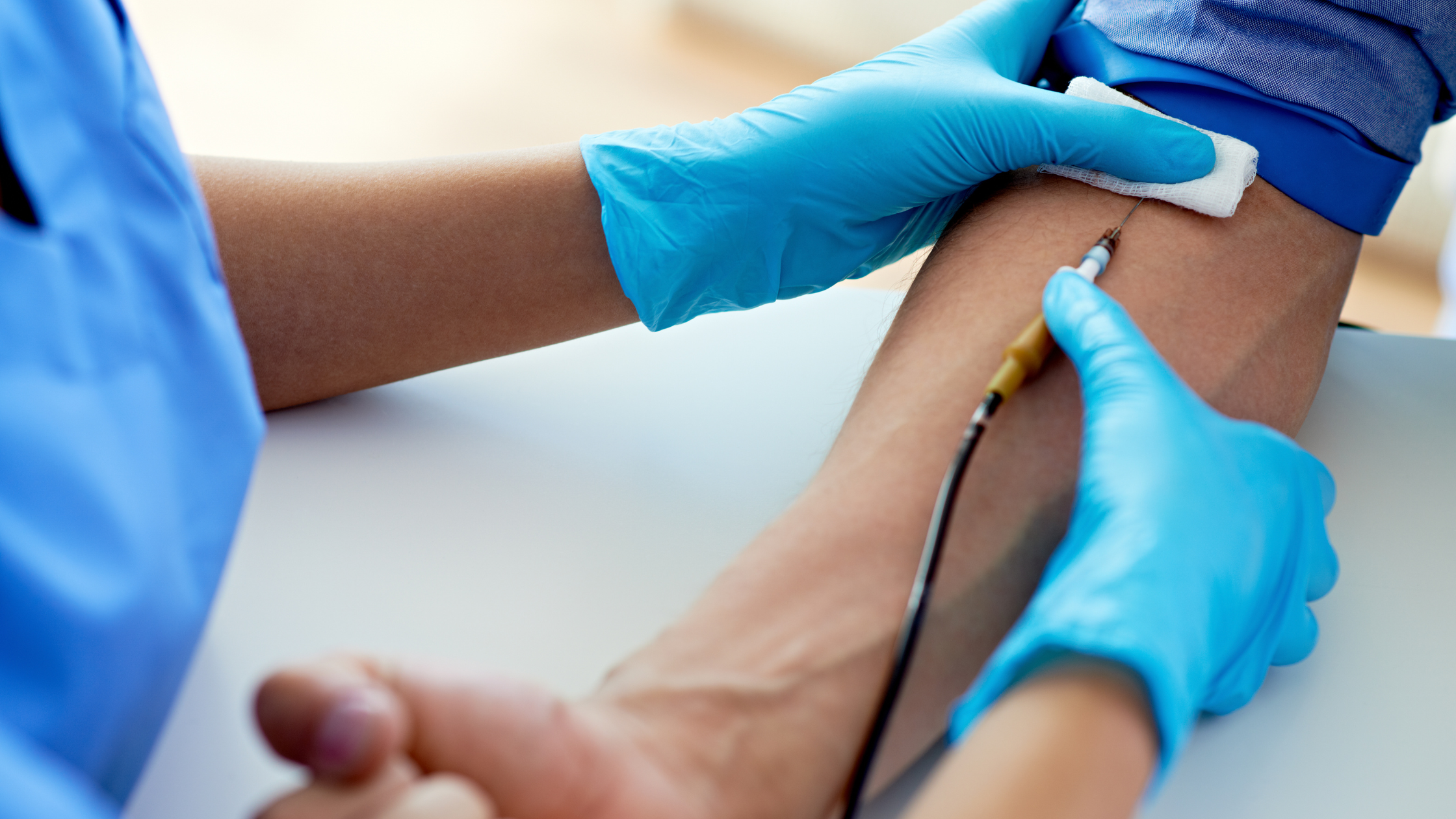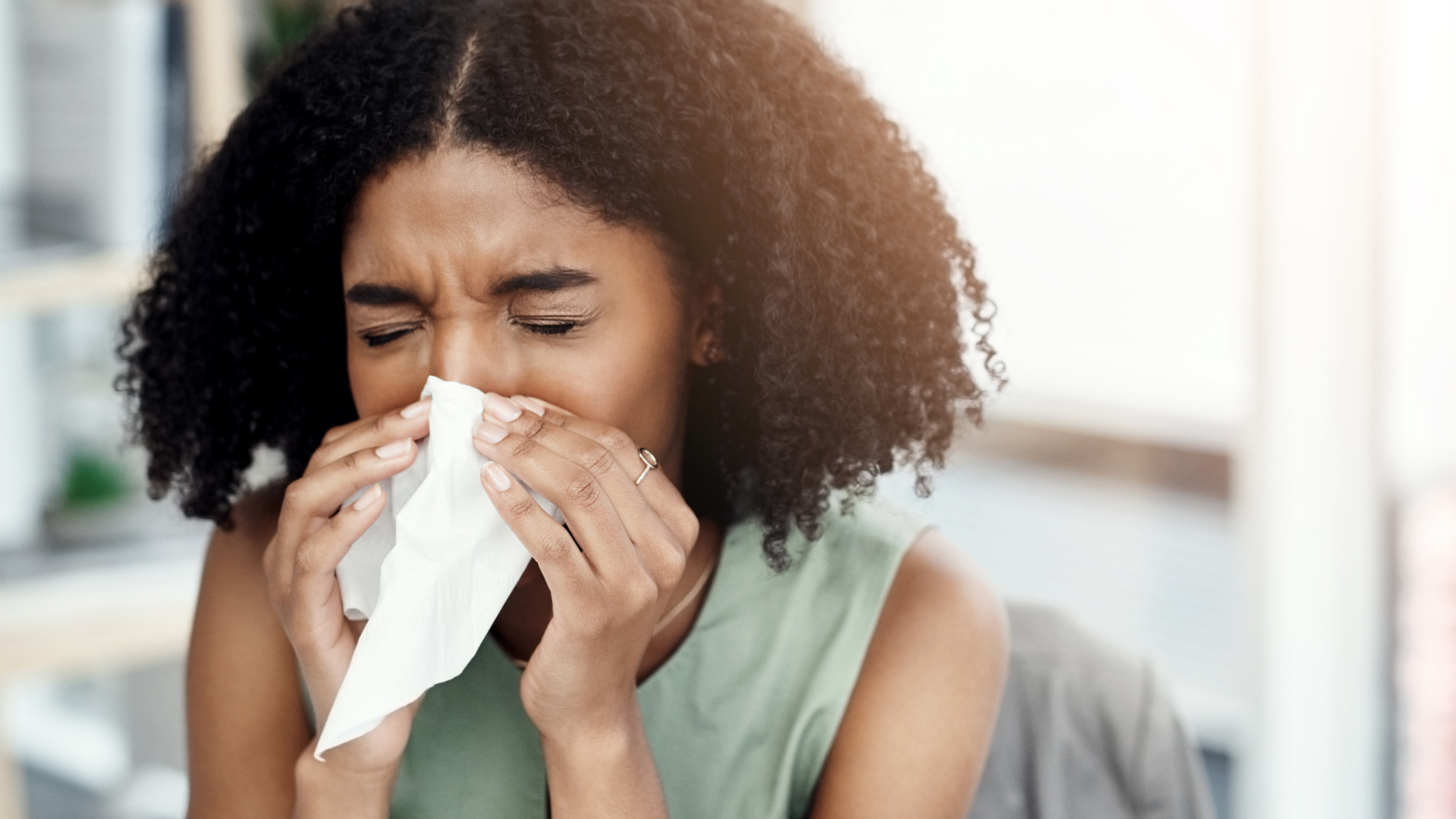Slapped cheek syndrome is a common condition that affects babies and children, giving them a hot red flushed cheek on one side of their face – or both. Slapped cheek can easily often be difficult to spot or is easily confused with other illnesses.
Slapped cheek syndrome is a virus that affects babies and children but is most common between the ages of four and 12. It can be more serious if an adult gets slapped cheek syndrome. It’s usually defined by a red rash on children’s cheeks.
Although it’s a common childhood illness you may be worried if you suspect your child has slapped cheek syndrome. To find out what it is, how to spot the warning signs and – more importantly – know how to treat it, our expert has the answers.
What is slapped cheek syndrome and how is it spread?
“Slapped cheek syndrome is also known as fifth disease and is caused by a virus called parvovirus B19,” explains our GP Dr Chun Tang.
It’s usually picked up by young children, but it can occur at any age. It’s estimated that six in 10 adults will have been infected.
“Generally slapped cheek syndrome is not an infection to be very worried about and you usually don’t need to see a GP. The majority of people who get the virus don’t even know they’ve had it and it clears up without leaving any complications,” says Dr Tang. “However, if you are pregnant, have a blood disorder or a weakened immune system, you should always see your doctor if you suspect you’ve caught the virus,” he adds.
Slapped cheek syndrome is spread in the air when we cough, laugh and sneeze, or by saliva droplets passed in the air when we are in close contact with others. That’s why when children get it (and it’s mostly children that get it) it can spread very rapidly throughout a nursery, classroom or school.
“Slapped cheek syndrome is also only contagious before the rash appears, so it is often spread before it’s apparent that a child has it,” says Dr Tang.
He advises to wash hands often with warm water and soap, use tissues to trap germs from coughing or sneezing, and bin tissues straight away, to reduce the risk of spreading slapped cheek syndrome. Parvovirus B19 is similar to the parvovirus that affects cats and dogs, but it cannot be spread from human to animal or vice versa.
What are the slapped cheek symptoms?
Dr Tang says that the symptoms to look for are generally those you get with a common cold; so a runny nose, sore throat, a headache and maybe a high temperature of 38C or more.
A tell-tale sign of this infection, however, is the slapped cheek rash. “This may appear at first as a bright red rash on one or both cheeks and will generally just remain there,” says Dr Tang. “In some cases it can also spread to the rest of the body. A few days after appearing on the face, a lighter coloured rash can appear on the chest and tummy, back, the arms, the legs, the palms of the hands and the soles of the feet,” he explains.
Dr Tang adds that although the rash is generally not painful, it can be raised and itchy. If pressed, the rash for slapped cheek will fade, unlike the worrying rash that appears with meningitis. Around one in four cases show no symptoms at all, so it can sometimes be hard to spot. Adults are also less likely to get a rash. When the rash does appear, your child is no longer contagious.
The actual infection will be in the body for between four to 20 days before the rash shows up.
Dr Tang explains: “A cheek and body rash normally fades within a few days to 2 weeks, but the body rash can remain longer if the child is hot.” “In adult cases of slapped cheek, someone may experience joint pain and stiffness. This may continue for a few weeks even after other symptoms have gone.” “Slapped cheek syndrome usually clears up completely within three weeks,” he says.
Slapped cheek syndrome treatment
The virus should be treated in a similar way to other viral infections says Dr Tang. “Have plenty of rest and lots of fluids. For sore throat/high temperature, children’s paracetamol or ibuprofen can ease flu-like symptoms,” he says. If you’re unsure, check with your pharmacist or doctor.
Can a child go to school with slapped cheek syndrome?
“After the rash appears, a child doesn’t have to stay off school as they are no longer infectious,” says Dr Tang. “However, you should always inform the school when your child has, or has had, slapped cheek syndrome.”
Slapped cheek during pregnancy
Pregnant women are the biggest concern when it comes to slapped cheek syndrome. If you get the infection during pregnancy and you’ve not had it before, it can increase the risk of miscarriage, especially in the early part of pregnancy. However, most pregnant women who get infected do go on to have healthy babies. You should see your doctor if you think you have been infected with parvovirus B19 – a blood test can then check for antibodies and if you’re in the early stages of pregnancy, you will be monitored by ultrasound. If you’re not sure if you or your child has slapped cheek syndrome or another infection, it’s always best to seek medical advice to check.







